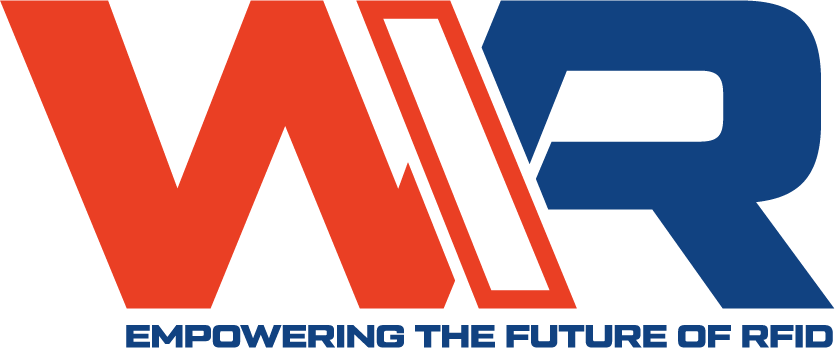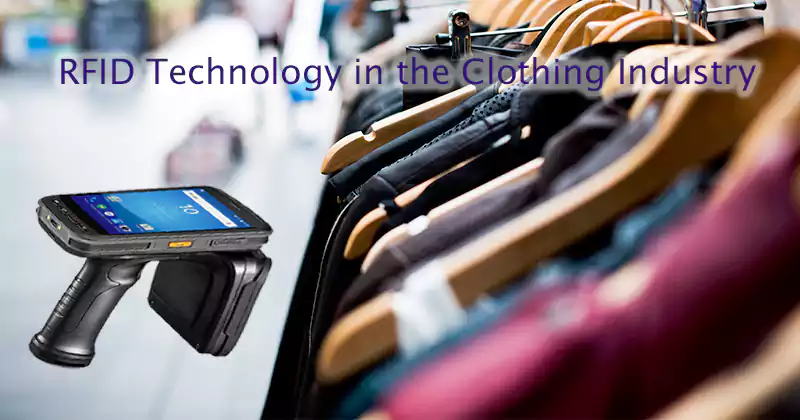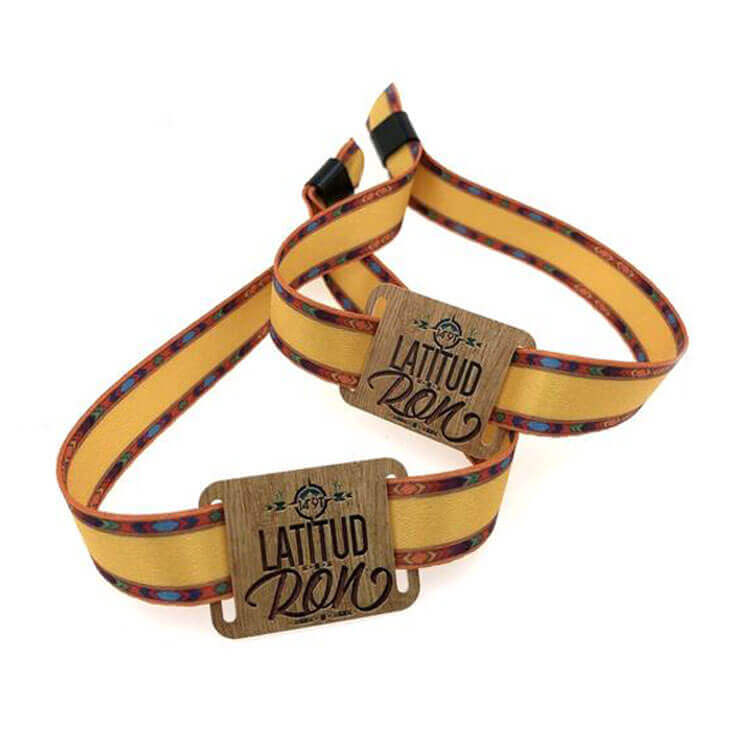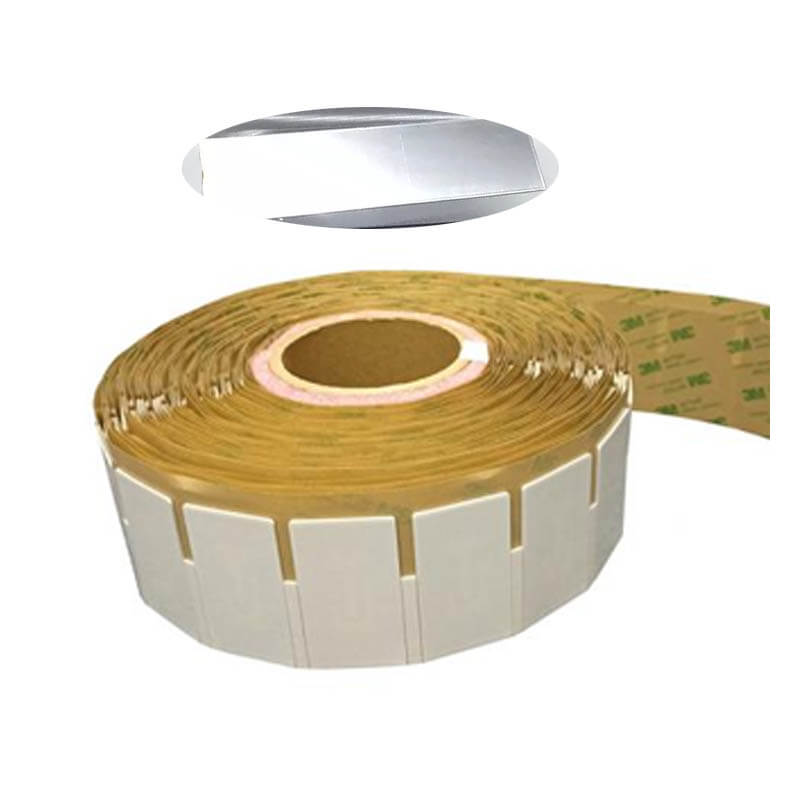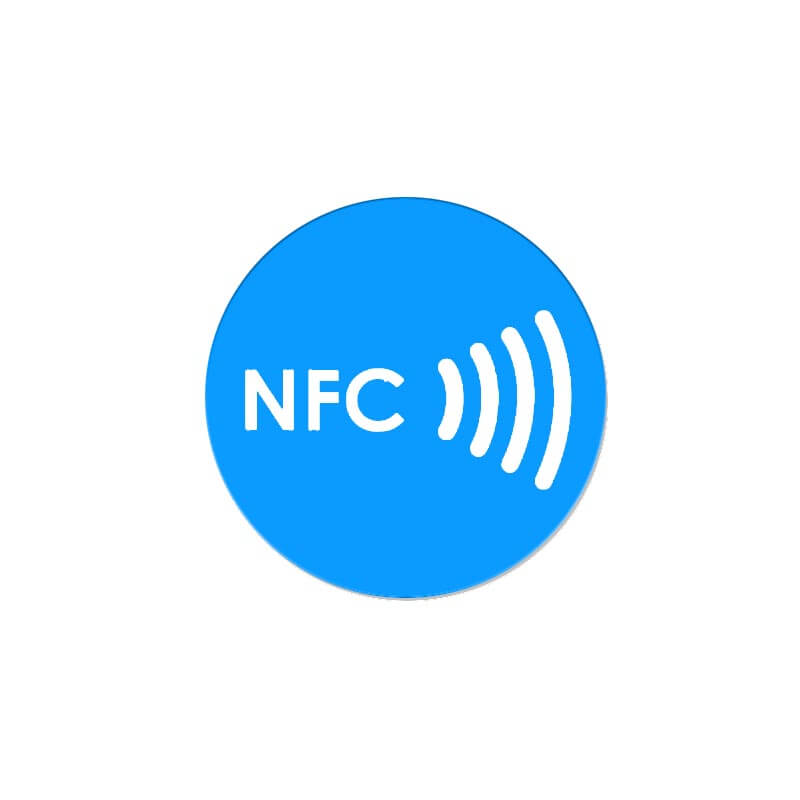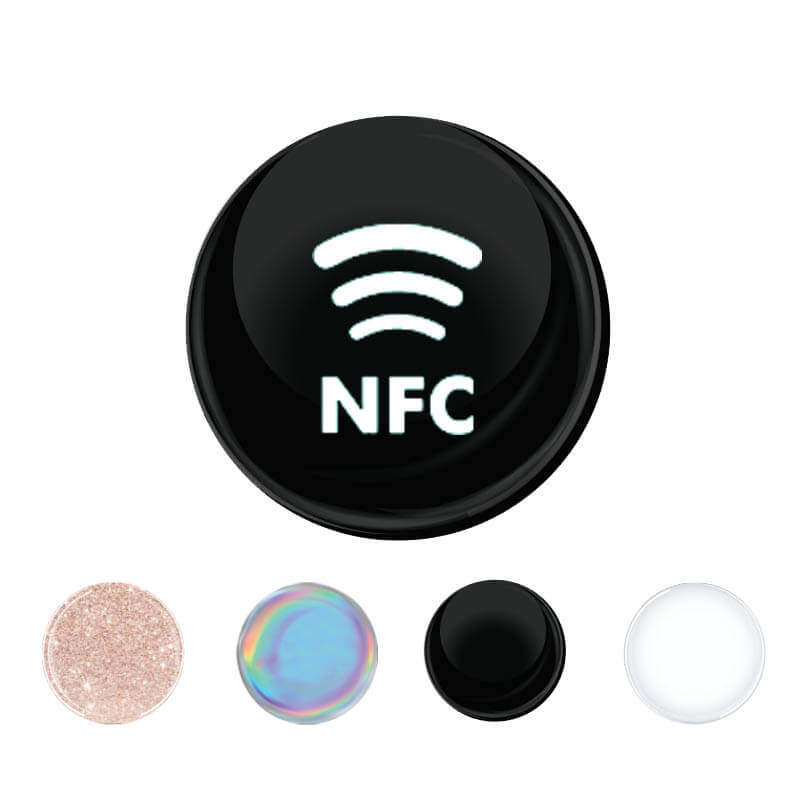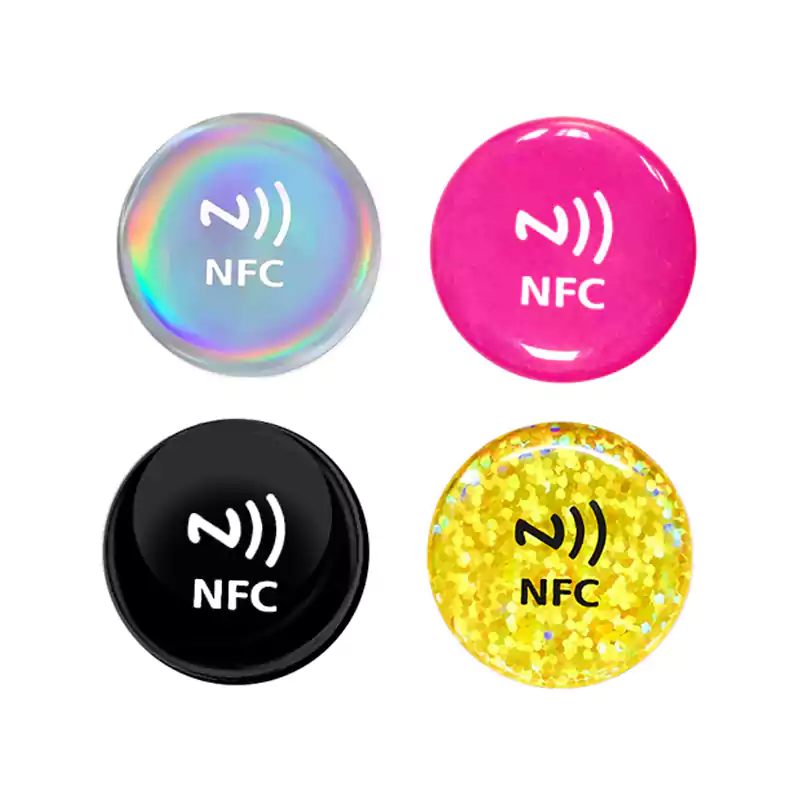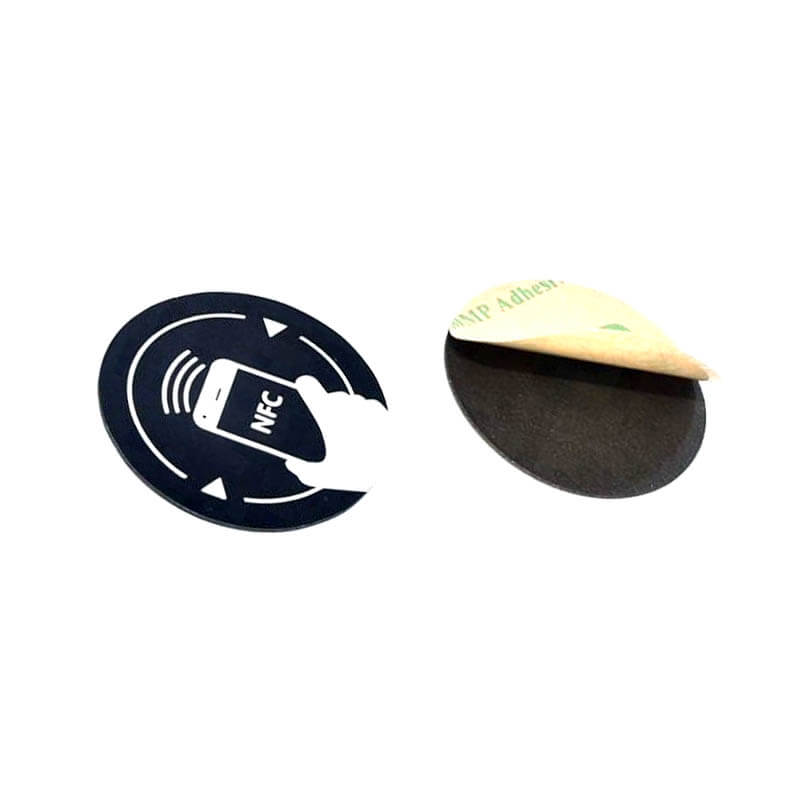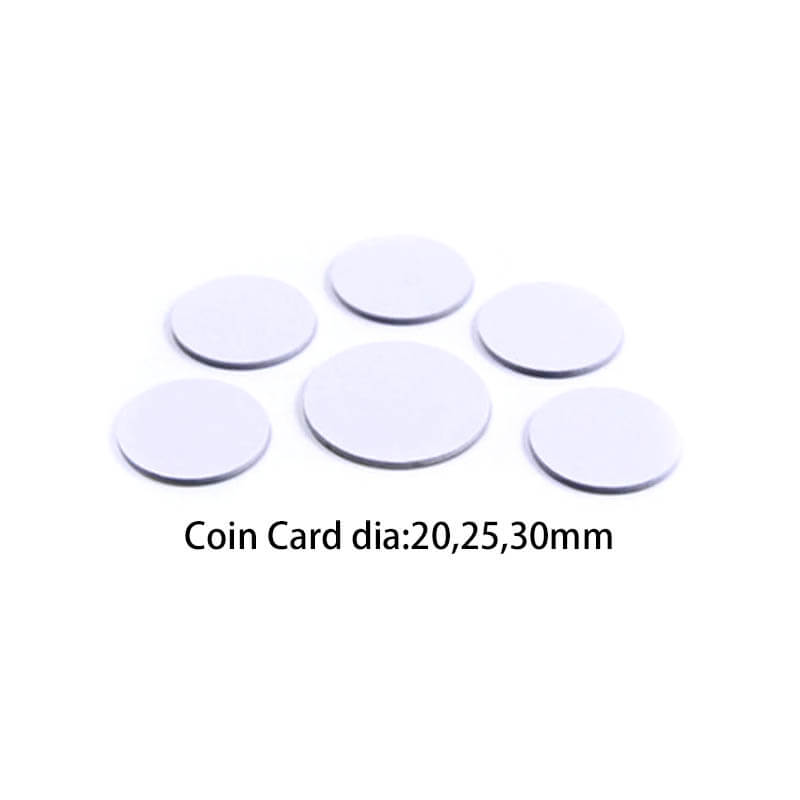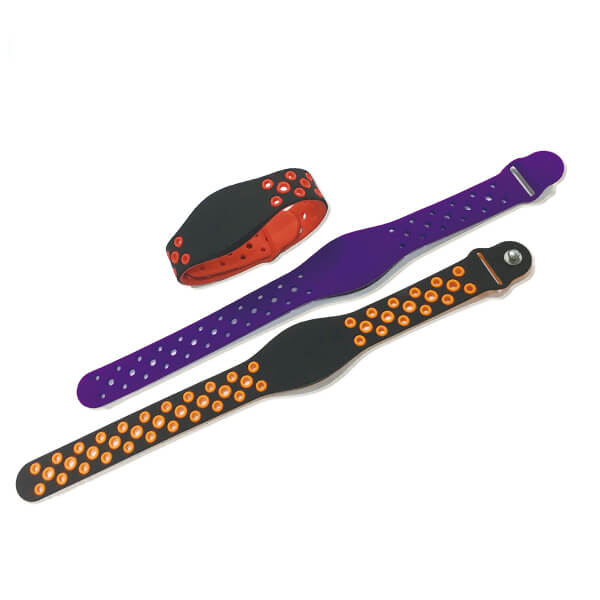Radio Frequency Identification Technology (RFID) has revolutionized the apparel and textile industry. It has modernized the manufacturing, storage, distribution, and retailing of clothing products.
But what exactly are the benefits of using RFID tags in the clothing industry?
The tags modernize all facets of the sector, thus enhancing efficacy and boosting the overall performance. It reduces losses and guarantees ease of product tracking from the point of dispatch to delivery. This article highlights many other RFID benefits. Read on.
How RFID Tags Work?
RFID technology is an identification technique comprising of several elements, including tags, readers, and application software.
An RFID Clothing tag/ transponder is a small object that can easily be embedded on various surfaces. It has a chip that stores data specific to your product of interest.
Some of the information you can encode on the tag includes the price, batch number, date of manufacturing, and company name.
The RFID reader will consistently release radio waves in readiness to capture data from a close range tag. Once the tag comes close to the RFID reader, it will be activated to release data from its memory.
The data is then sent to the application software, analyzed, and released in an easy-to-understand format.
Application of RFID Tags in the Clothing Industry
Now that you understand RFID’s working rationale, let’s delve into how this technology has transformed the clothing industry.
In this sector, there are several lines of production. They include:
- Design and planning
- Production
- Sampling
- Packaging
- Distribution
If you fail to monitor all the production lines, you will likely make costly mistakes. For example, a mistake at the design level may trickle down to the final product leading to losses.
Before technology advancements, manufacturers used manual checking, which is time-consuming and costly.
As such, most of the manufacturers have adopted RFID technology to streamline their operations. This technology involves embedding a tag containing all the information regarding a particular garment.
The chip will store useful data that will guide the production progress. This way, it will be easy to detect errors early enough before they result in losses.
RFID vs. Barcode Technology – Which Is Better to Use in Clothing Industry?
Barcode technology has been in use for a relatively long time. However, it has several limitations that make product identification and tracking a challenge.
For example, barcode technology requires a straight line of sight for it to work optimally. This concept will require lots of time to identify and track large volumes of garments. Also, the technology can only track one product at a time.
On the contrary, RFID technology is relatively faster. It does not require a straight line of sight. Even better, you will easily track many products at the same time.
Overall, RFID technology is more cost-effective and guarantees a better identification and tracking experience. Here are other advantages that the RFID system has over the traditional barcode system:
- Long-Lasting. Unlike a barcode, RFID tags are less likely to be affected by adverse environmental conditions. As such, you can be sure that you’ll use them for a long time, thus saving you the cost of repair and replacement.
- A Wider Read Range. RFID technology has both passive and active tags. The passive ones can transmit data to a reader that’s up to one meter away. The active ones have a read distance of up to 100 meters.
- It Reads Multiple Tags. Unlike the barcode system, RFID readers can capture data from up to many tags simultaneously.
- Read/ Write Capacity. The barcode system offers a read function only. Once you print the barcode label, you cannot change it unless you print a WXR with the new details. This problem will be solved when you use RFID tags. They offer both read and write functions, enabling you to modify the data stored in its memory whenever the need arises.
- RFID Tags Have Better Capacity. RFID tags have dynamic storage memories that allow you to store more data than when using barcodes.
Ease of Application. In most cases, you will be able to switch from barcodes to RFID without much hassle. Even better, you can attach printable labels to RFID tags to allow you to use both barcodes and RFID simultaneously.
What are the Benefits of RFID Tags in the Clothing Industry?
RFID tags give you better control of your production process. It will enable you to monitor your clothing’s production, storage, and sales with minimal human input.
As such, the adoption of this technology will reduce your expenses without compromising your products’ quality. The reduction in the production cost will lead to an increase in your profit margins.
Here’s a summary of some of the benefits that you’ll get by using RFID tags in your apparel industry:
- Improved Inventory Control
In a busy clothing factory, you should keep track of your stocks to ensure continuity in the production process. However, this process can be problematic due to the large volumes of items to be monitored.
The use of technology is the only remedy to a messy and disorganized factory. RFID tags are particularly helpful in locating and accounting for your stocks at different stages of production.
If you want to reap the benefits of RFID technology, you need to purchase RFID tags and embed them on your garment stock.
These tags will help you identify a particular item’s location and its stock levels in real-time. This way, you will re-stock your goods before they are sold out.
- Provides Better Control and Visibility
When using RFID tags, the stock will be tracked automatically. As such, you will have access to your industry’s real-time stock levels without input from your employees.
Additionally, RFID tags make it easier for you to monitor the supply chain, identify missing products, and detect damages.
- Combat Counterfeit Products
Designing and producing garments can be a costly process. If you want to realize returns on your investment, you should reduce counterfeits in the market.
To achieve this, you should consider investing in RFID technology. The system will enable your retailers to identify a counterfeit product and reject it.
If you’re wondering how to use RFID tags to curb the counterfeit menace, then this is how:
You will embed an RFID tag on all your garments (in batches). When the stockiest get their batch, they will scan it using an RFID reader. If the batch is authentic, it will reveal all the data you’ve saved in the RFID tag.
- Low Operating Cost
Implementing an RFID system guarantees a reduction in your operation costs. It minimizes the need for human resources in various production processes.
Even better, the RFID tags are long-lasting, which eliminates the need for repair and replacement. The tags cannot be damaged by mud, dirt, and other harsh environmental conditions.
- It Is Fast and Reliable
With a functional RFID system, you will get real-time updates regarding various processes in your factory. You will track the availability of raw materials, the stock levels of finished goods, and the supply chain.
This way, you will eliminate delays occasioned by missing links between different production stages.
- Track Samples
Tracking your samples is an ideal way of controlling your prototypes. Whenever you send a sample of your designs out, your prototype can likely be stolen. If this happens, you’re likely to have your design products in the market before starting the production process!
As such, you should always implement a comprehensive sample tracking system to protect your creativity. One of the surest ways to achieve this is by using RFID tags technology.
With this technology, you will easily track your samples from the time they leave your showroom. The tracking will reduce sample losses, thus improving your profitability and production efficacy.
- Data Security
When using RFID systems, the security of your data is guaranteed. The RFID tags come with a chip containing a unique number that is not duplicable. This feature will save you from data breaches and other recording errors that could otherwise be costly to your organization.
RFID systems also have a complex data encryption system that prevents unauthorized individuals from accessing the data.
Additionally, many RFID tags incorporate a unique anti-theft feature. They have a relay output function that closes the relay channel immediately after reading the data. It also activates an alarm system to signal any unauthorized attempt to access the data.
- Organize Events
The fashion and clothing industry is characterized by many events ranging from annual fashion shows to regular cloth displays.
Due to the complexity associated with the events, you must invest in an RFID tag system. This technology will help you in the following ways:
- Manage Entry to Your Events. In such events, you need to have a quick registration and clearance process. As such, you can use RFID wristbands to authorize guests and allow them access.
- Easy Inventory Management. Some fashion events require regular follow-ups. As such, you must keep track of all attendees. This way, you will easily create customized messages persuading the participants to promote your cloth line.
- Easy Management of Orders. During the events, it is likely that you will get orders for your products. If you’re not careful, you’ll lose track of these orders, which will lead to a loss of trust by your customers. With an RFID system, you’ll be able to store the order details and supply your clients timely.
- Manage Invitation Cards. If you hold an invite-only event, you must have a system to identify visitors who possess the invitation card. In this case, you will have RFID readers at the entrance. They will detect the invitation cards (embedded with a tag) and allow the visitors to access the venue.
The use of RFID technology in event management guarantees smooth operations. The convenience ensures that you’re able to manage your time effectively. This way, you will gain trust from your clients, which will eventually boost your business.
- Improved Customer Relationship Management
If you want to thrive in the fashion industry, you should always stand out. To achieve this, you should understand the tastes and preferences of your customers.
RFID technology allows you to know how your customers behave in different kinds of environments. When you have this data, it will be easy to provide personalized services to all your customers.
For example, if your products are connected to an RFID system, you will monitor your customers’ choices pattern. The history of purchase enables you to target customers with personalized messages. This way, you will increase conversion rates and improve the profitability of your business.
What Are The Challenges of Using RFID Tags in the Clothing Industry?
While RFID technology has many benefits, it also has several drawbacks that make it relatively challenging to implement. They include:
- High Cost. Buying and installing an RFID system will be more costly compared to the barcode system. The cost will depend on the volume of usage and the compatibility with your existing systems. Before you settle for an RFID system, you should undertake a need assessment to ensure that you’ll get a favorable return on investment.
- Compatibility. If the RFID system is not compatible with your existing infrastructure, you can be sure that implementing it will be hectic and costly. However, you can overlook this factor since the technology is long-term, and the benefits you’ll acquire are immense.
- Interference with Other Technologies. RFID system uses radio waves to transfer data. Its operations can be affected by metallic & liquid environments as well as radio waves from other gadgets. As such, you should first check whether the RFID system can work optimally in your environment of operation.
RFID technology offers many benefits when used in the clothing industry. It provides efficient tracking systems and helps you to manage your inventory. However, the system may have several downsides.
As such, you should ensure that you consider the benefits and the drawbacks of the technology before investing in it. Overall, you can be sure that RFID tags will improve your production and enhance your profitability.
